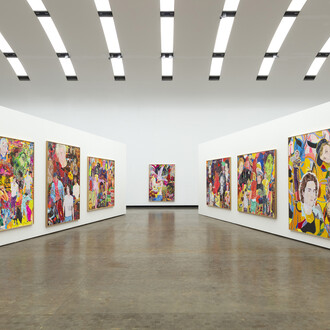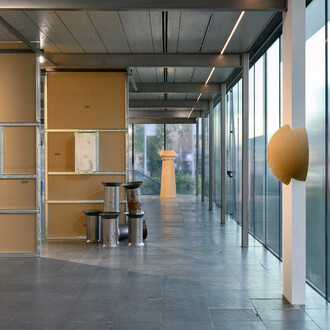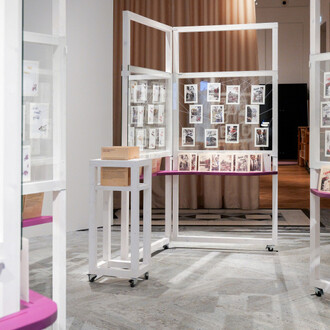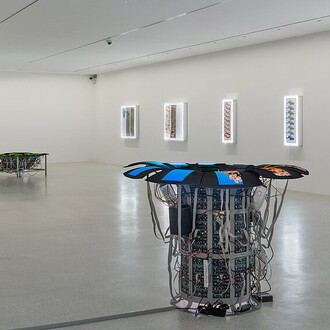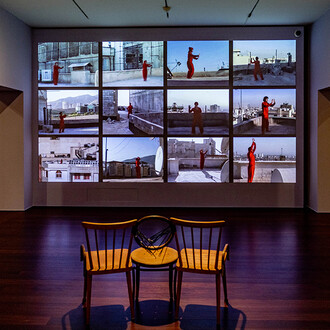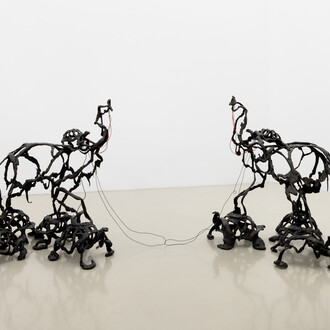What is the role of art publishing today? How have artists adapted modes of publishing as a tool for their practice? How has the notion of artists' publishing activity changed, given the ever-increasing amount of fairs and an ever-evolving number of book-related collections in contemporary art museums? Publishing has developed a favorite site and medium for aesthetic and artistic experimentation.
It has also become an alternative space for promoting unrestricted individual or collective discourse. The multi-part exhibition project Publishing as an Artistic Toolbox: 1989–2017 explores the potentials of publishing – in the form of books, magazines, journals, artistic interventions, websites – as a particular medium and context both to circulate information, knowledge – and to produce art.
Instead of looking at the already historicized and analyzed period of the 1960s and 1970s, the exhibition will highlight how a recent generation of artists use publishing as a productive tool for their practice. The focus lies on the period from 1989 until 2017, taking 1989 as symbolic date to underline the shift from analogue to digital. On a political level, 1989 with the fall of the Berlin wall marks a significant date. On a social level, it is an important year as it indicates the invention of the World Wide Web.
The project, like a toolbox itself, is composed of different parts, sections, and components. Publishing as an Artistic Toolbox: 1989–2017 opens up and unfolds through different propositions, partly by material exhibits on display, partly through the presentation of time-based events, as well as through an offsite project.





